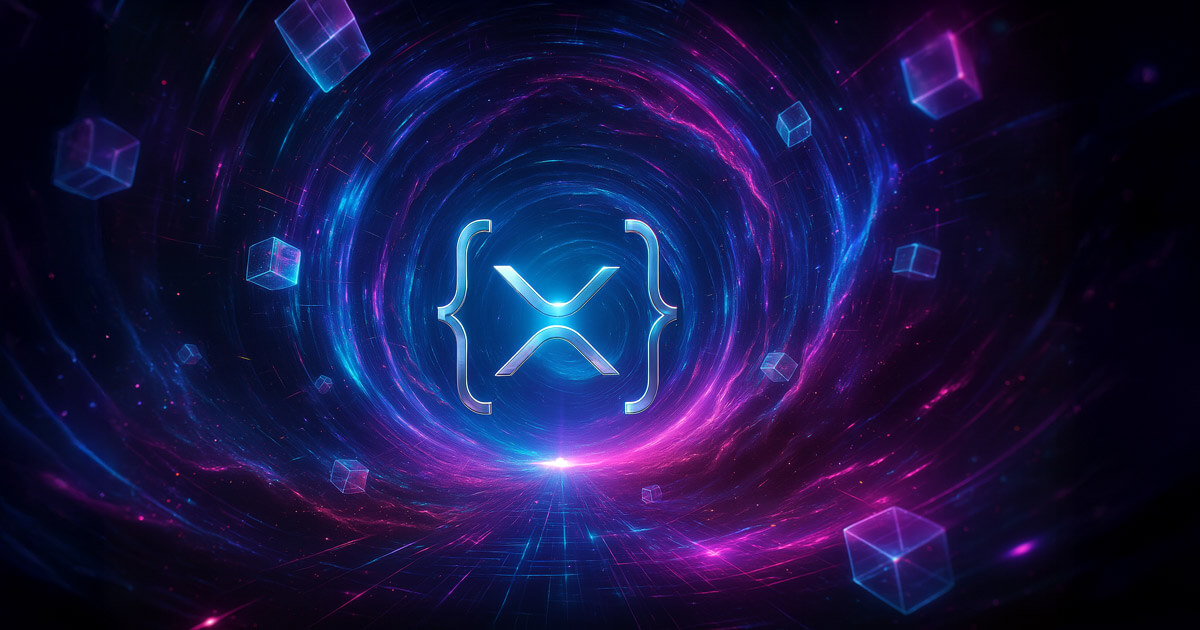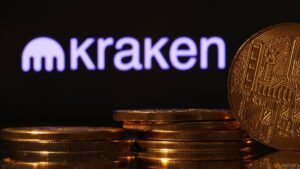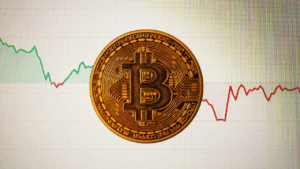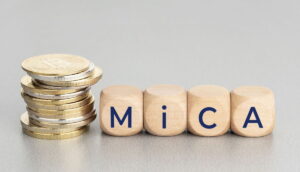Ripple Boosts XRP Ledger with Wormhole for Enhanced Cross-Chain Functionality

Ripple Enhances XRP Ledger with Wormhole Partnership for Multichain Functionality
Ripple has announced a strategic collaboration with Wormhole, a protocol designed for cross-chain messaging, aimed at enhancing the multichain capabilities of the XRP Ledger (XRPL) and its forthcoming Ethereum Virtual Machine (EVM) sidechain.
New Horizons for XRPL
In a statement released on June 26, Ripple revealed that this integration will significantly improve the XRPL’s functionality, enabling seamless asset and data transfers between it and over 35 other blockchain platforms.
This initiative follows a series of enhancements to the XRP Ledger, including the recent rollout of version 2.5.0 of its core software. These updates are designed to improve performance, bolster institutional tool support, and ensure compliance with regulatory standards as the adoption of blockchain technology continues to rise.
Enhancing XRPL’s Capabilities
The partnership with Wormhole introduces advanced features to an already robust ledger known for its rapid transaction speeds and native asset issuance capabilities.
Developers will now have the ability to transfer XRP, IOUs, and innovative token types such as Multi-Purpose Tokens (MPTs) across various supported blockchains. Additionally, they will be able to activate smart contract functions on external networks by utilizing cross-chain data inputs.
David Schwartz, Ripple’s Chief Technology Officer, emphasized the importance of interoperability for the future development of XRPL. He noted that establishing connections between different chains allows the blockchain ecosystem to broaden its influence without sacrificing security or efficiency. This integration is expected to facilitate wider adoption by simplifying the process of transferring value across different networks.
Breaking Down Barriers for Broader Adoption
Ripple highlighted that dismantling the obstacles between various blockchain networks is essential for enhancing the usability of blockchain infrastructure for both institutions and application developers. The partnership will enable functionalities such as cross-chain messaging, token transfers, and the creation of multichain digital assets.
These advancements are poised to support emerging applications related to decentralized finance (DeFi), institutional blockchain services, and tokenized real-world assets (RWAs).
In the broader context, Ripple aims to position the XRPL as a versatile and secure alternative to leading networks like Ethereum and Solana, particularly for applications involving smart contracts, tokenization, and cross-chain functionalities.







